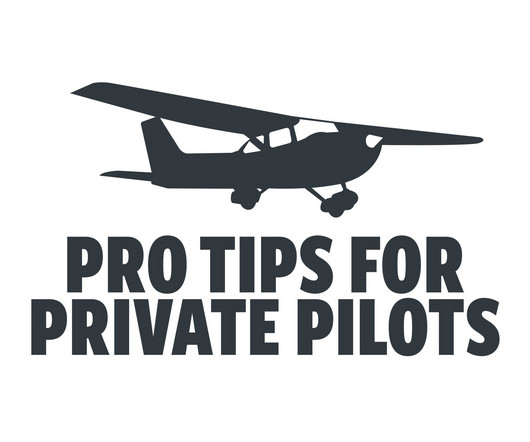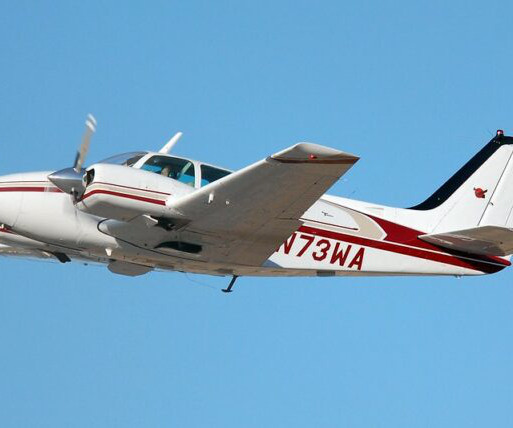How to Fly an ILS Approach
Pilot Institute
JANUARY 14, 2025
Non-Precision Approaches Non-Precision Approaches: Only provide lateral guidance, requiring pilots to level off at a Minimum Descent Altitude (MDA) until the runway is visible. ILS): Include vertical guidance, allowing a continuous descent to a Decision Height (DH) where the pilot decides to land or go missed.























Let's personalize your content